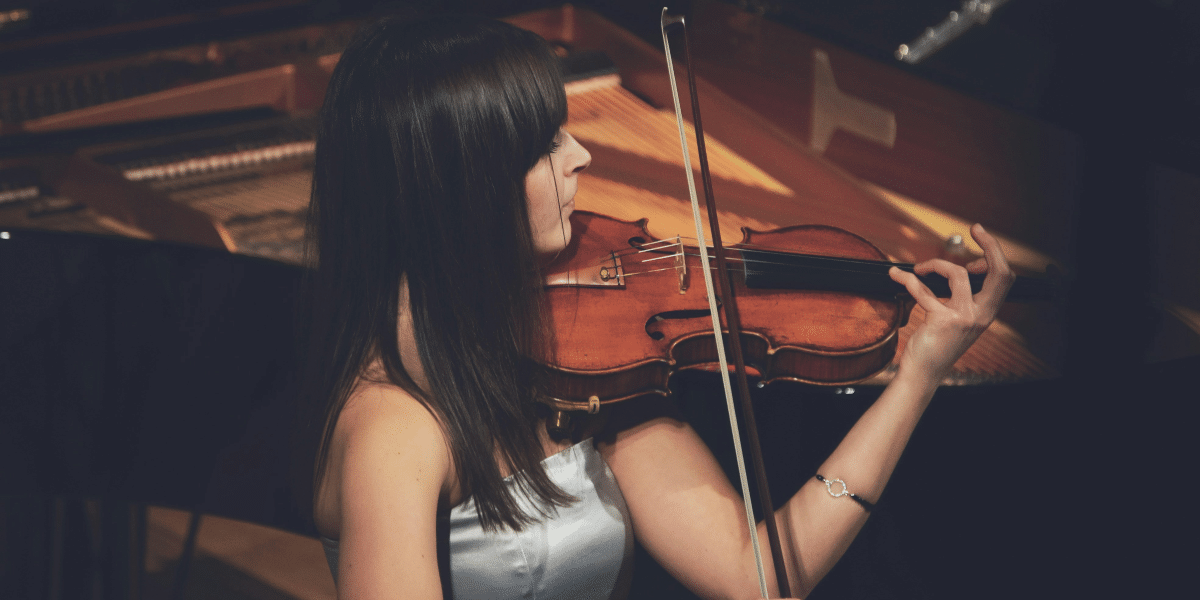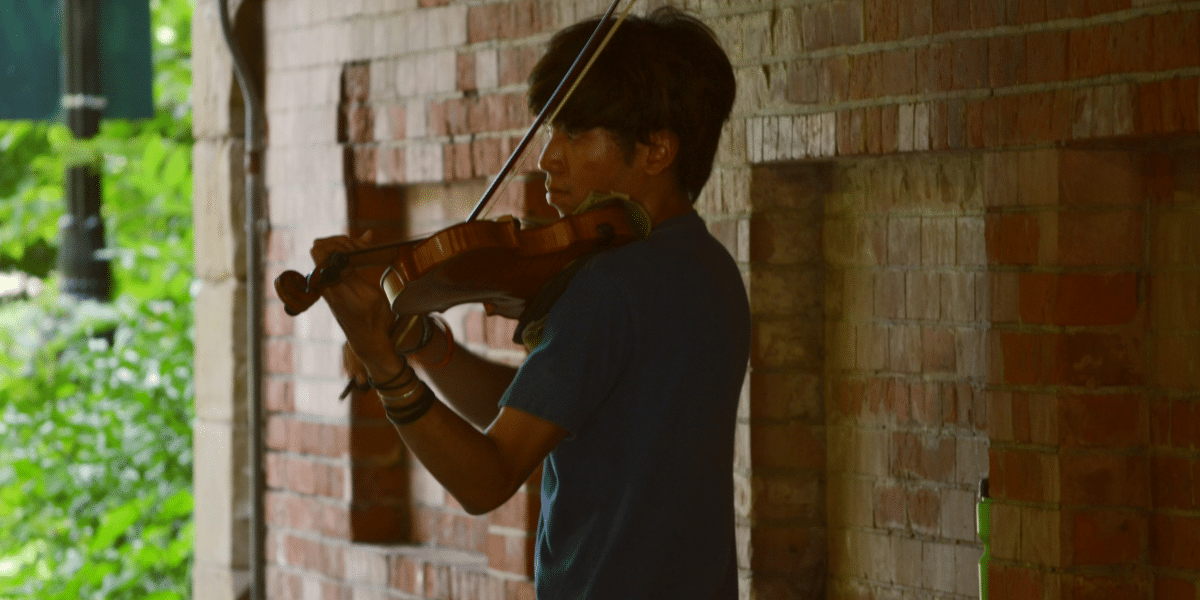Imagine a violinist reaching for a note that just isn’t there on a standard violin. Suddenly, they pull off a magical trick – they retune a string, and that elusive note appears! This isn’t movie magic, it’s the power of scordatura. It opens up a whole new world of sonic possibilities, from eerie, open-string passages to technical feats made easier with the adjusted string tensions. Composers throughout history, from the Baroque era’s Heinrich Biber to the legendary Paganini, have used scordatura to create unique and unforgettable music. It’s a reminder that the violin is more than just its standard tuning – it’s an instrument with a hidden potential waiting to be explored.
Scordatura: The Art of Alternate Tunings
Chances are, your violin’s strings are tuned to G, D, A, and E. Scordatura is the practice of intentionally changing those tunings to create unusual sounds and tonal effects.
Think of scordatura like a special tool in your violin toolbox. Imagine playing a piece with eerie, open-string chords that would be impossible with standard tuning, or tackling passages that suddenly become much easier thanks to the altered string tensions. It’s a technique with a rich history – composers from Biber in the 17th century to Paganini and beyond used it to create unique and captivating music.
Baroque Ornamentation: A Touch of Elegance
The Baroque period (roughly 1600-1750) was a golden age for violin music. If you love composers like Bach, Vivaldi, or Handel, mastering Baroque ornamentation is key. Ornamentation refers to all those little flourishes you see dotting the music – trills, turns, mordents, and more.
Learning these ornaments is the difference between simply playing the notes and truly bringing the music of the Baroque era to life. These embellishments add elegance, rhythmic energy, and expressive depth. It’s like learning a secret language of music that lets you converse with the great composers of the past. A music historian once commented, “Baroque ornamentation is like the spice of music – a little goes a long way, but it adds so much flavor!”
Music doesn’t stand still, and neither do violin techniques! Contemporary composers are constantly finding new ways to explore the sonic possibilities of the instrument. Here’s where things get really interesting:
- Extended techniques: These go beyond traditional bowing and fingering. You might pluck the strings like a guitar, tap on the body for percussive effects, play eerily high harmonics, and more.
- Microtones: These are the notes between the notes. Instead of the usual semitones (think the distance between C and C#), microtones divide that space even further.
- Electronics: Some contemporary works have you amplify your violin, or even manipulate your sound with effects pedals for truly otherworldly music.
Exploring contemporary techniques is an adventure for both performer and listener. It’s about breaking boundaries, expanding what we think of as “violin music,” and taking those four strings to places they’ve never been before.
Where to Start
Learning these repertoire-specific techniques is an exciting step in your violin journey. Here’s how to get started:
- Find a teacher: A knowledgeable teacher is invaluable for guiding you through new techniques and repertoire.
- Dive into the repertoire: Start exploring pieces that use the techniques that interest you.
- Specific resources: Look for books or online tutorials specifically about scordatura, Baroque ornamentation, or contemporary violin techniques.
- Listen widely: Seek out recordings of music that features the techniques you’re learning.
Important Note: Some specialized techniques (particularly contemporary ones) can be hard on your instrument. Always consult with a teacher, and maybe even a luthier, before you start experimenting, to make sure your violin is up to the task.
Learning these specialized techniques isn’t a sprint, it’s a marathon. It takes time, patience, and a whole lot of determination to master those Baroque ornaments, decipher contemporary extended techniques, or retrain your fingers for unusual scordatura pieces. But trust me, the payoff is huge!
It’s not just about becoming a more technically proficient violinist (though that’s certainly a bonus). Each one of these techniques is like a key that unlocks a new treasure chest of musical expression. Suddenly you can bring a Baroque composition to life with all its elegance and flair, create soundscapes that feel otherworldly, or take the audience on a sonic adventure that challenges everything they thought they knew about the violin.
A musician once said, “The beautiful thing about learning is nobody can take it away from you.” The more techniques you master, the broader your musical palette becomes. The violin is an endlessly versatile instrument, and as you grow as a player, that journey of discovery never truly ends.






